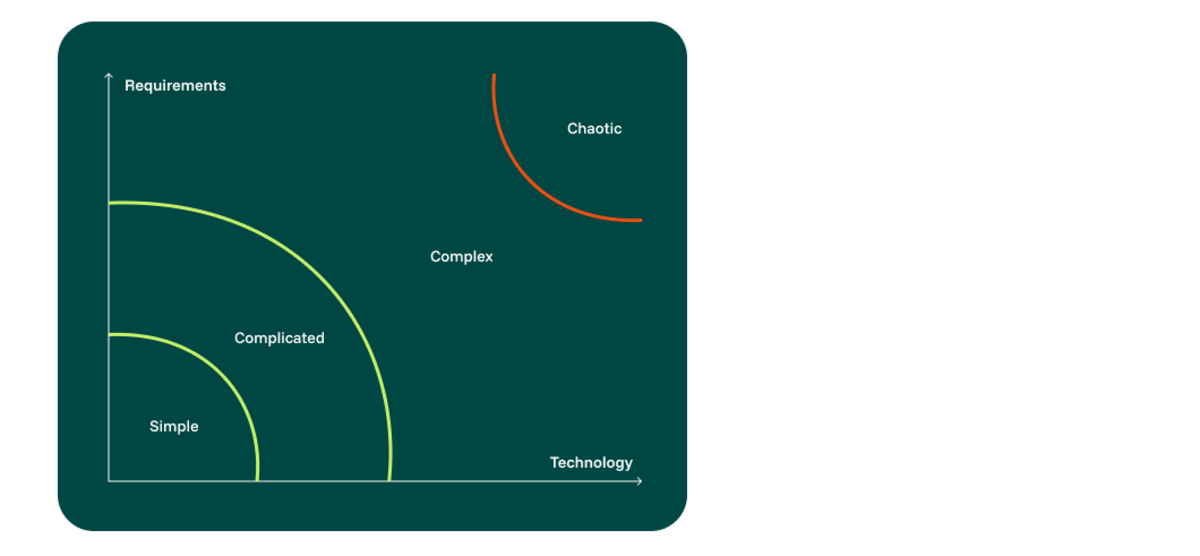How the Stacey Matrix assesses project complexity, aiding in agile decision-making and guiding actions in uncertain environments.

In today's dynamic and ever-evolving business landscape, success hinges on an organization's ability to effectively manage complexity. Enter the Stacey Matrix, a powerful framework that provides invaluable insights into understanding and tackling the multifaceted challenges faced by businesses and project teams alike.
While the world of management theory is replete with models and methodologies, the Stacey Matrix stands out as a versatile tool that doesn't just map the terrain but equips you with the compass needed to navigate it.
Developed by management scholar Ralph D. Stacey, the Stacey Matrix serves a clear purpose: To help organizations and individuals tackle complex challenges effectively. It recognizes that not all problems are the same, distinguishing between simple, complicated, complex, and chaotic issues.
Over the years, the Stacey Matrix has become an invaluable tool in strategic planning, project management, and organizational change. It guides decision-makers in selecting the right approach for each problem's unique nature. By doing so, it promotes adaptability, agility, and informed decision-making in today's complex world.
In essence, the Stacey Matrix is a compass for navigating complexity with intention and purpose. It empowers individuals and organizations to embrace uncertainty as an opportunity for growth and innovation. Understanding complexity is the first step toward mastering it, and the Stacey Matrix provides that understanding.

As we explore the Stacey Matrix and its applications, a critical question arises: Is it possible that this framework, while valuable, might oversimplify the complexities of the real world? The Stacey Matrix categorizes problems into four domains – simple, complicated, complex, and chaotic – but is this classification sufficient to capture the intricacies of modern challenges in e.g., Custom Software Solutions projects?
Complex problems often defy easy categorization, and their boundaries can blur in practice. They might exhibit characteristics of both complexity and chaos or shift from one domain to another over time. This raises the concern that the Stacey Matrix might not provide a comprehensive enough lens through which to view the multifaceted issues organizations and individuals face.
Furthermore, while the Stacey Matrix helps identify a problem's nature, it doesn't necessarily prescribe specific strategies for addressing it. Critics argue that it lacks the depth needed to guide decision-makers through the complexities of implementation.
As we delve deeper into the Stacey Matrix and its role in navigating complexity, it's essential to consider whether its simplicity is an advantage or a limitation.
In agile work settings, the Stacey Matrix plays a pivotal role by helping teams navigate complexity with precision. Its value lies in enhancing agile methodologies, as it encourages teams to acknowledge the dynamic nature of challenges.
By incorporating the Stacey Matrix, agile teams like our Custom Software Solutions team, can make informed decisions about project management, adapt to shifting circumstances, and foster a culture of innovation. This framework aligns seamlessly with agile principles, promoting adaptability and continuous learning.
In summary, the Stacey Matrix enriches agile work environments by providing a holistic view of complexity. It equips teams to tailor their approaches, maximize efficiency, and excel in today's ever-changing business landscape, making it a valuable asset for agile practitioners.
Get in touch with our experts around the world.